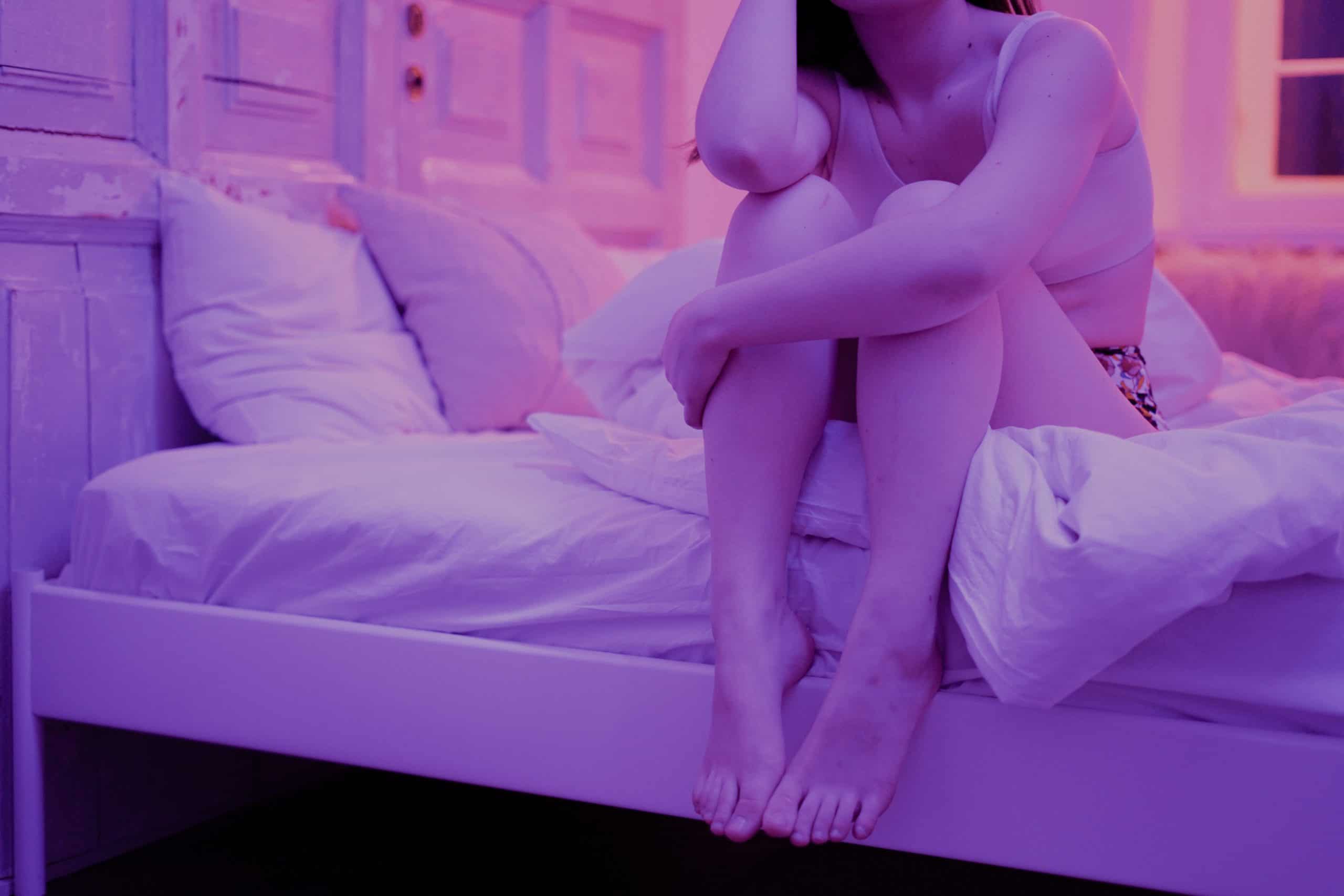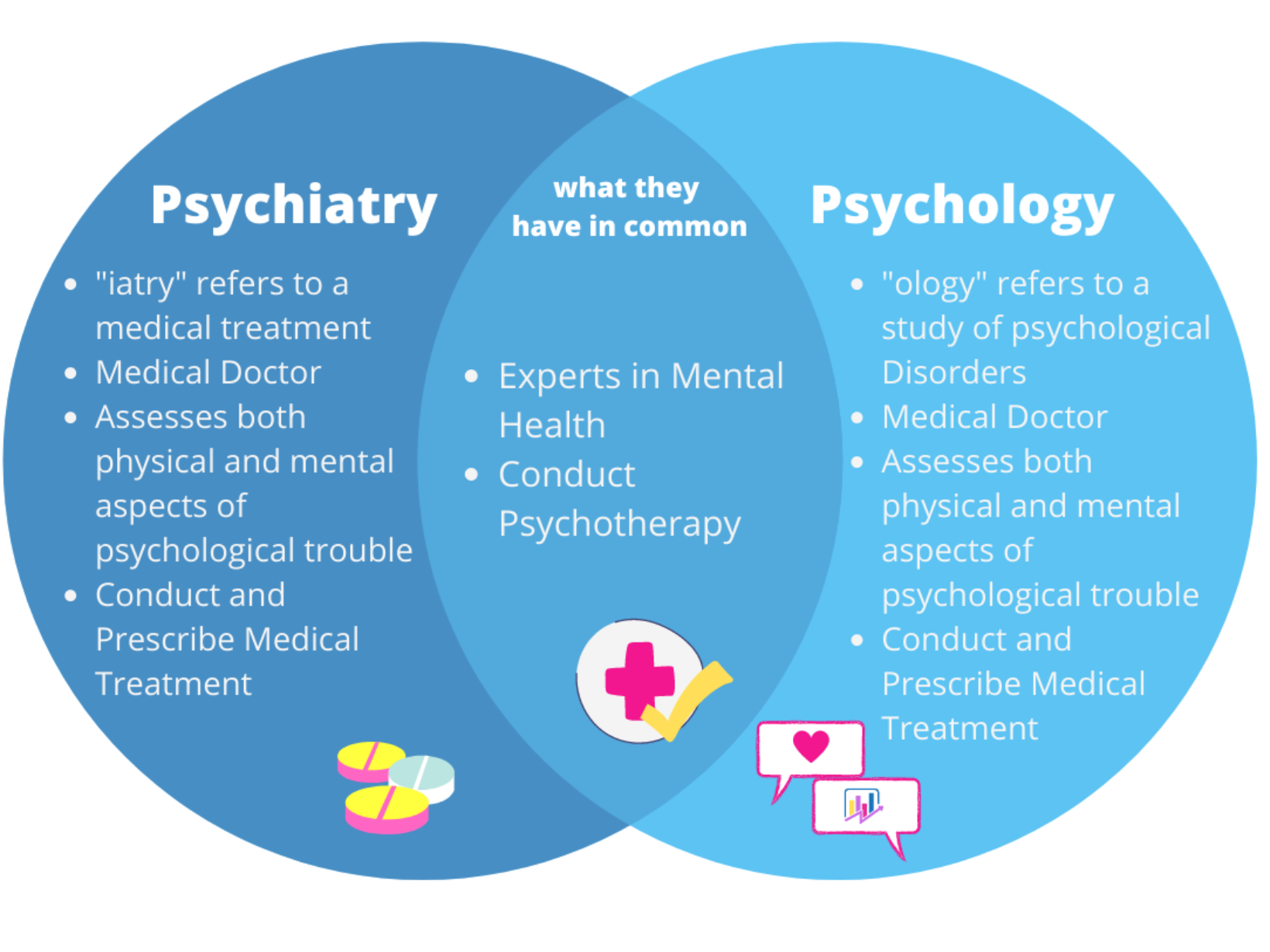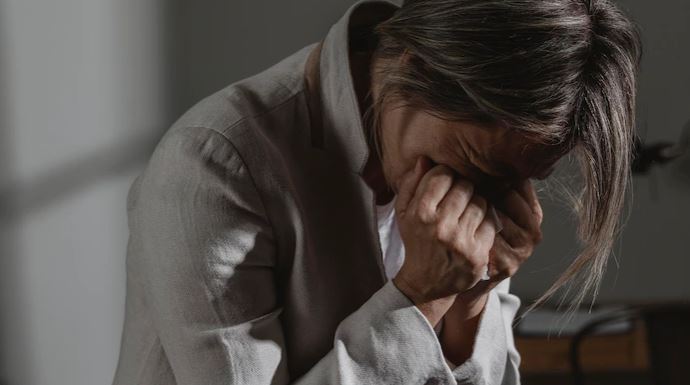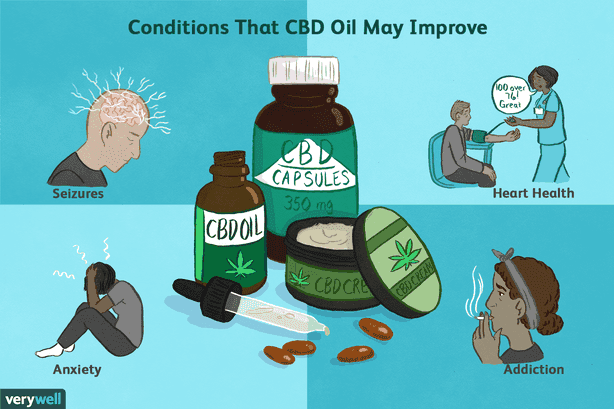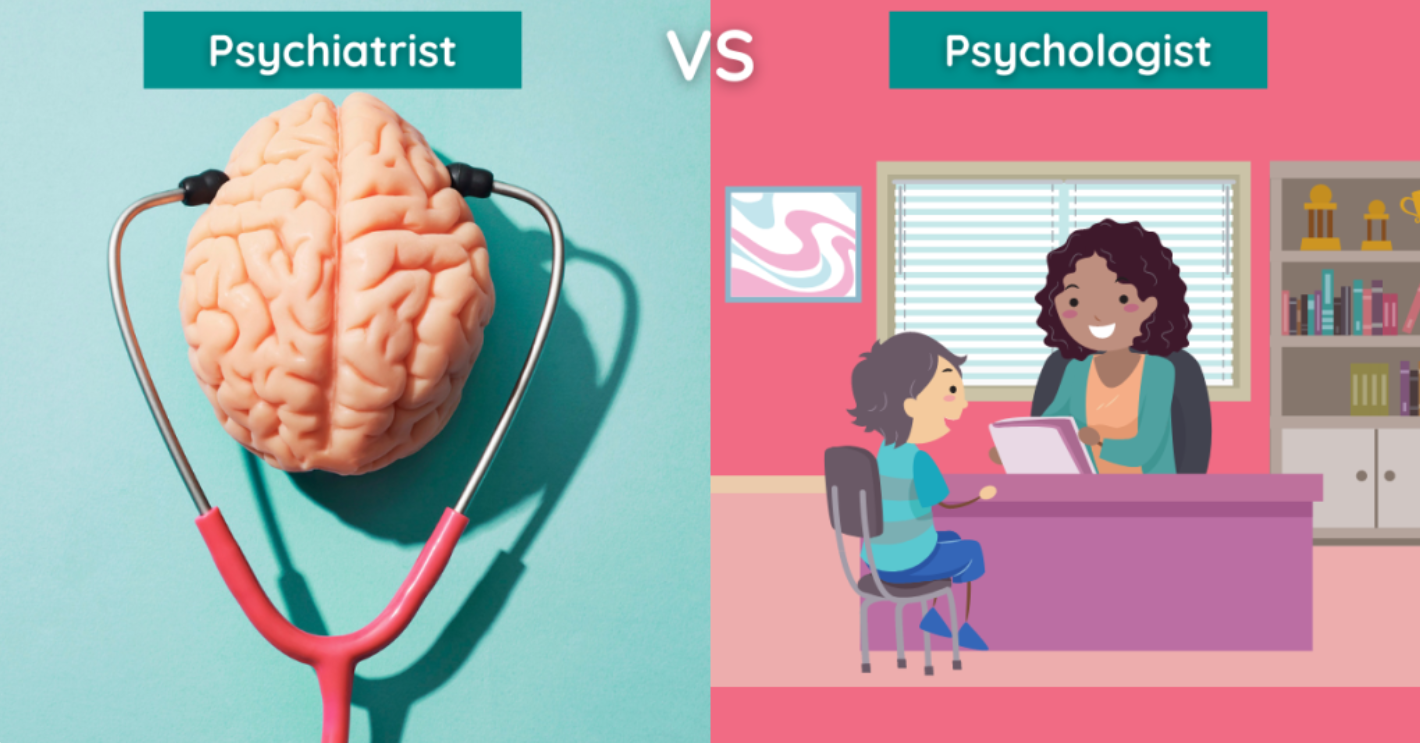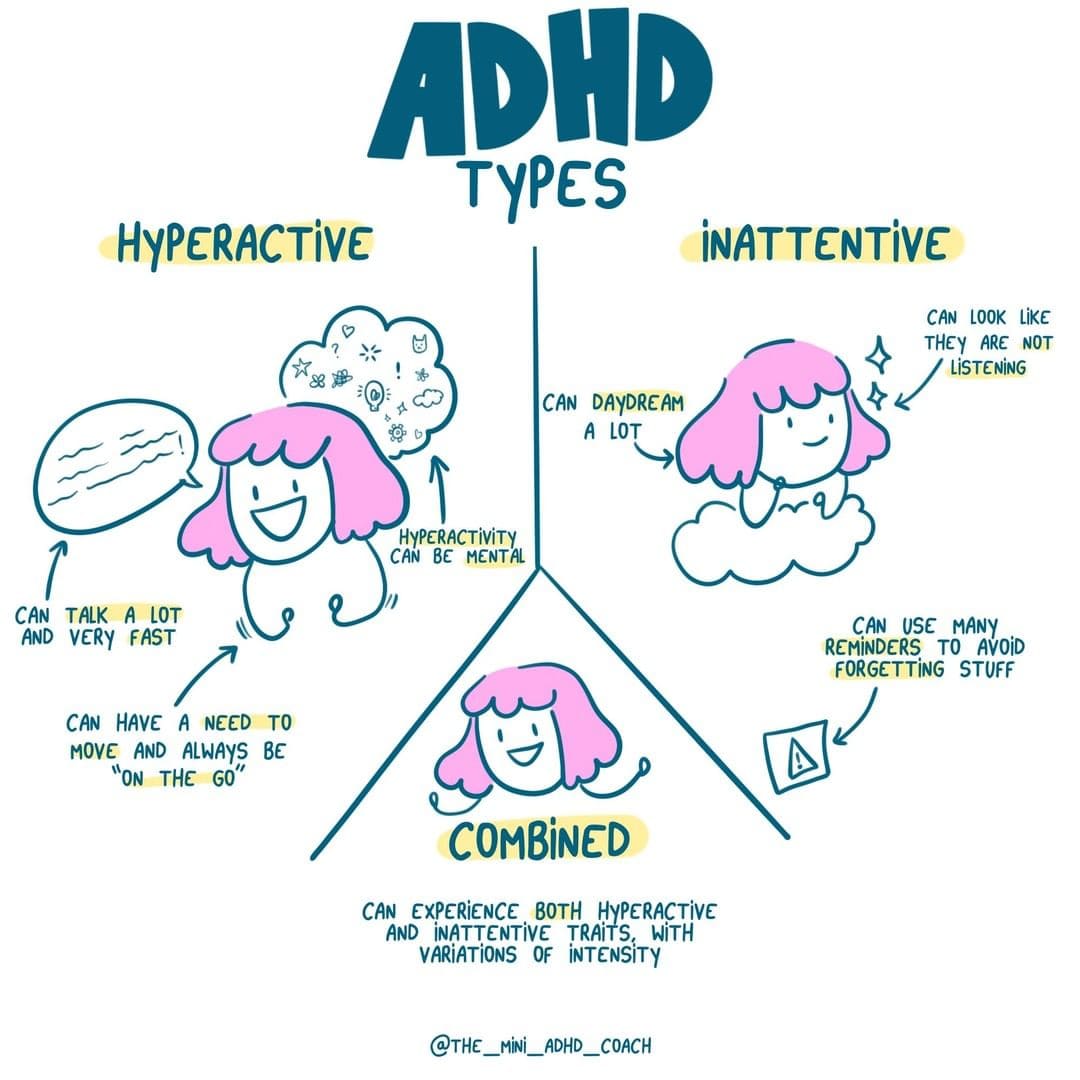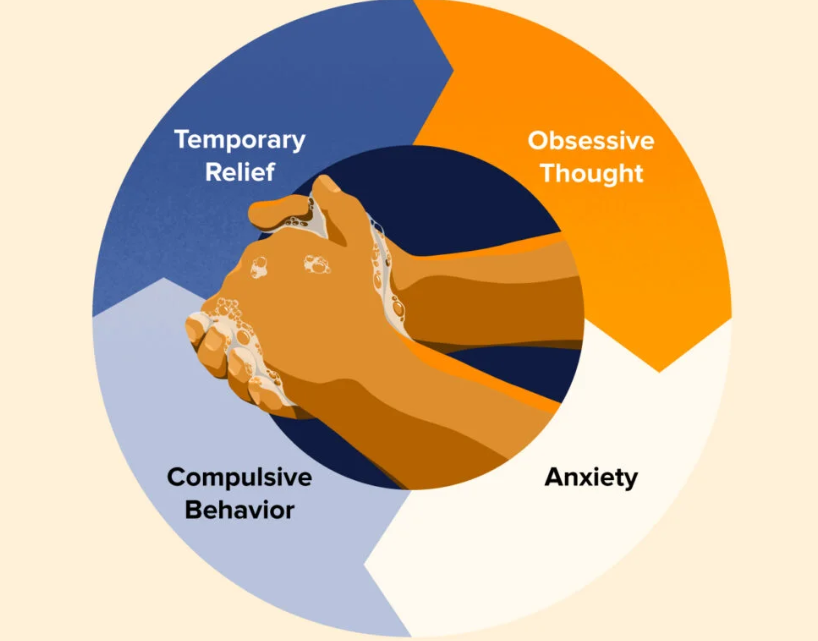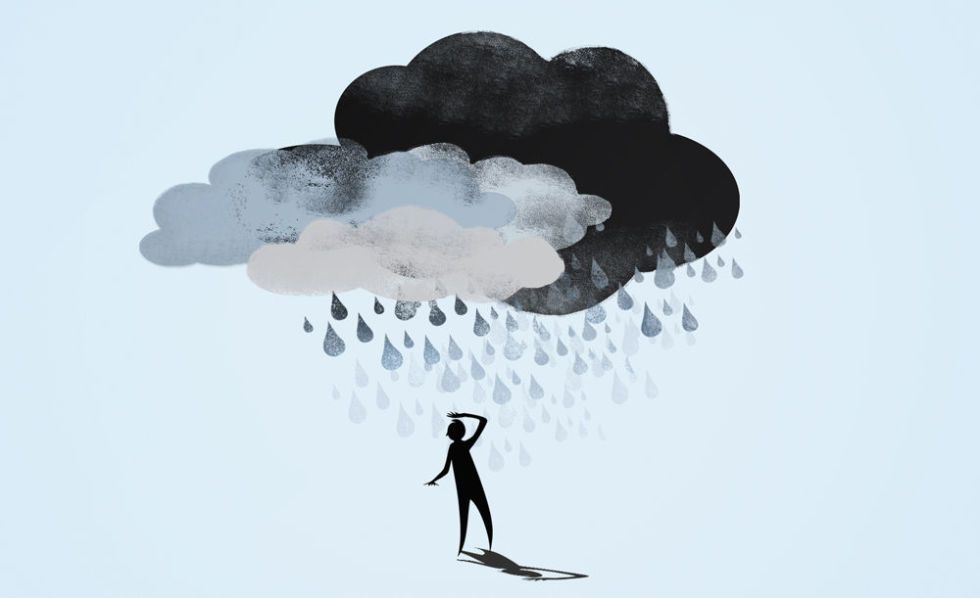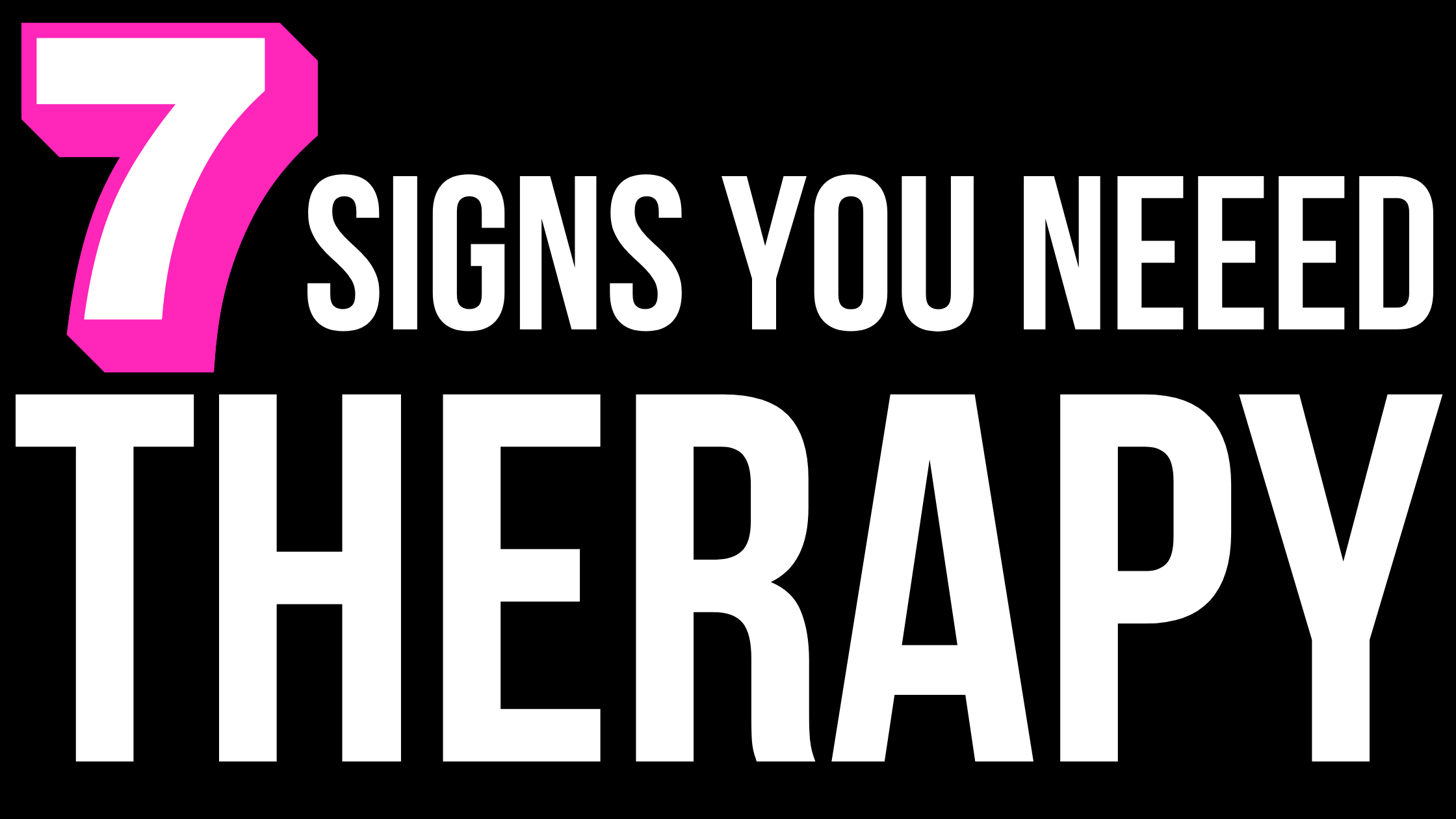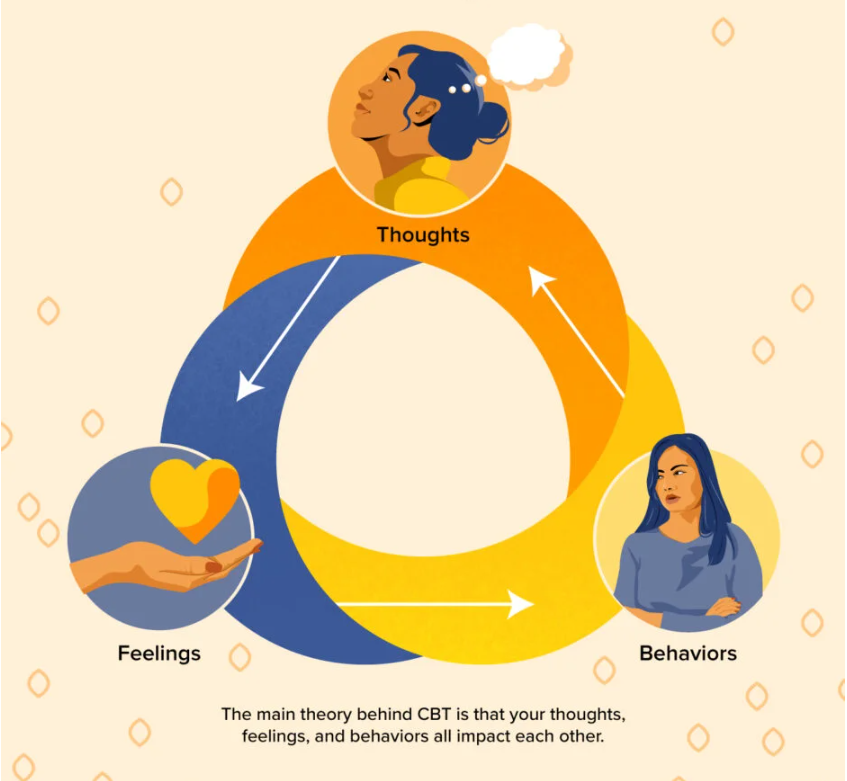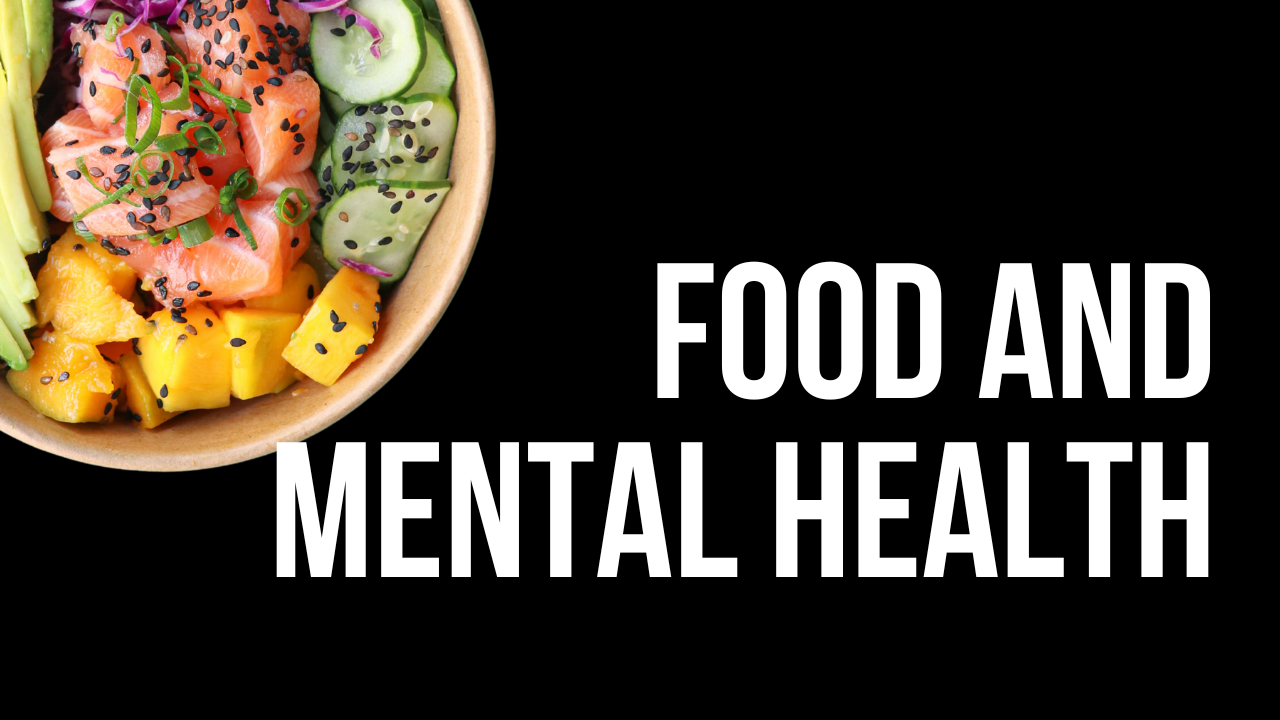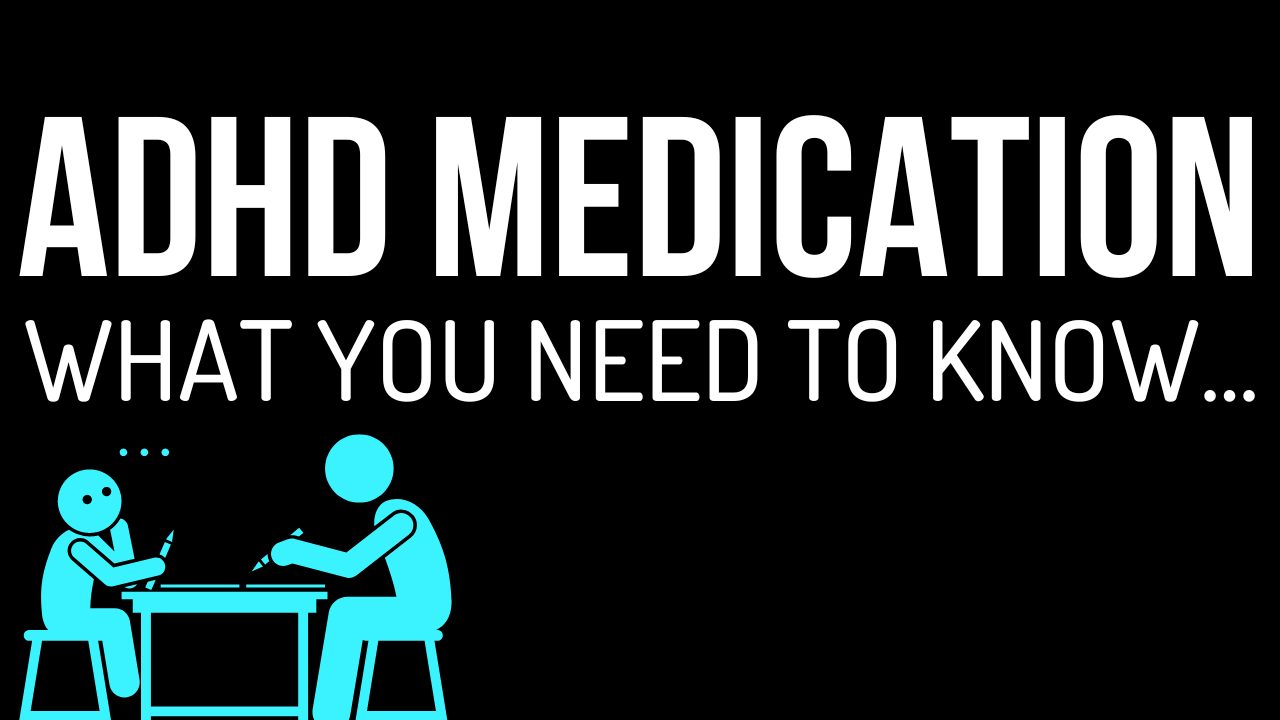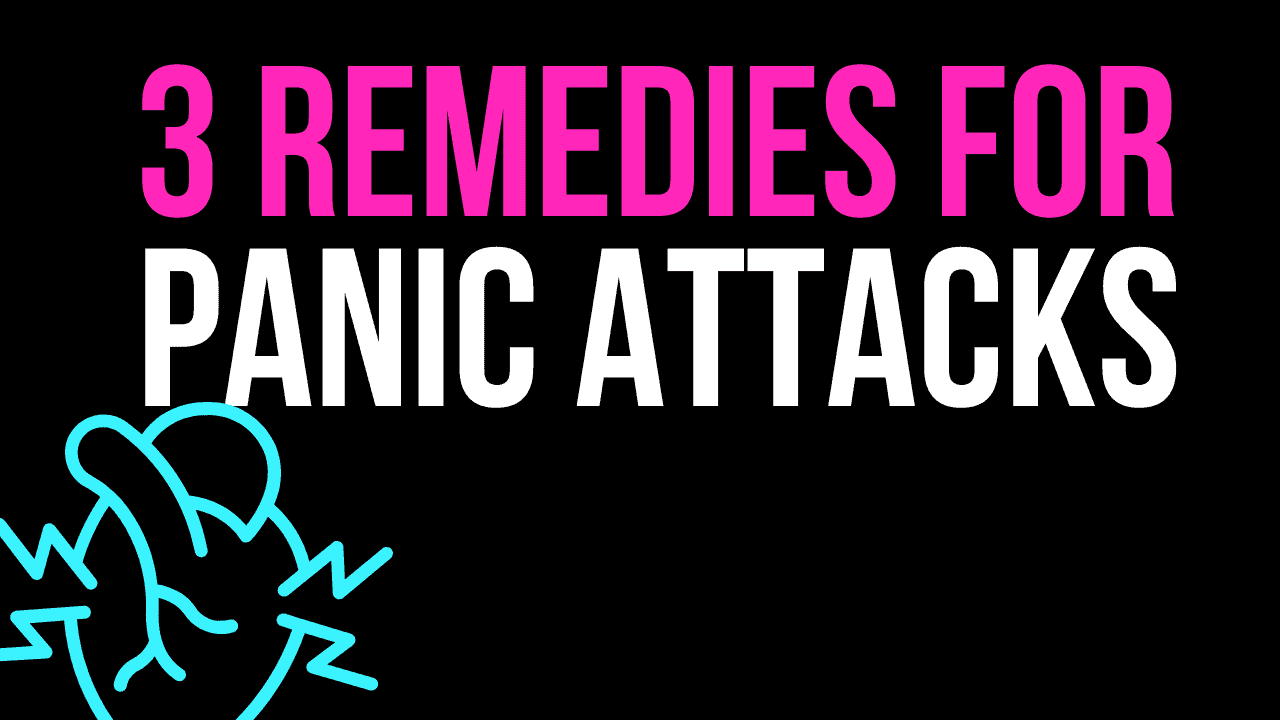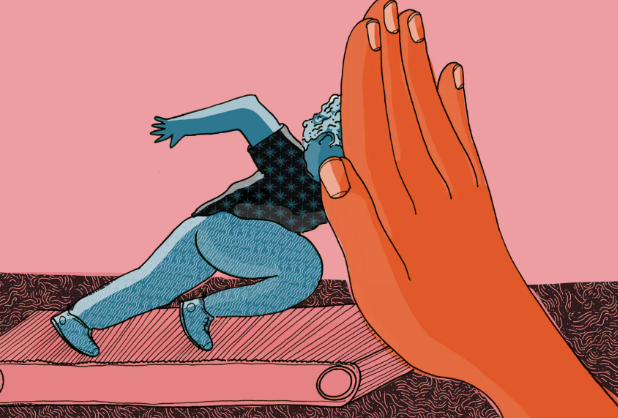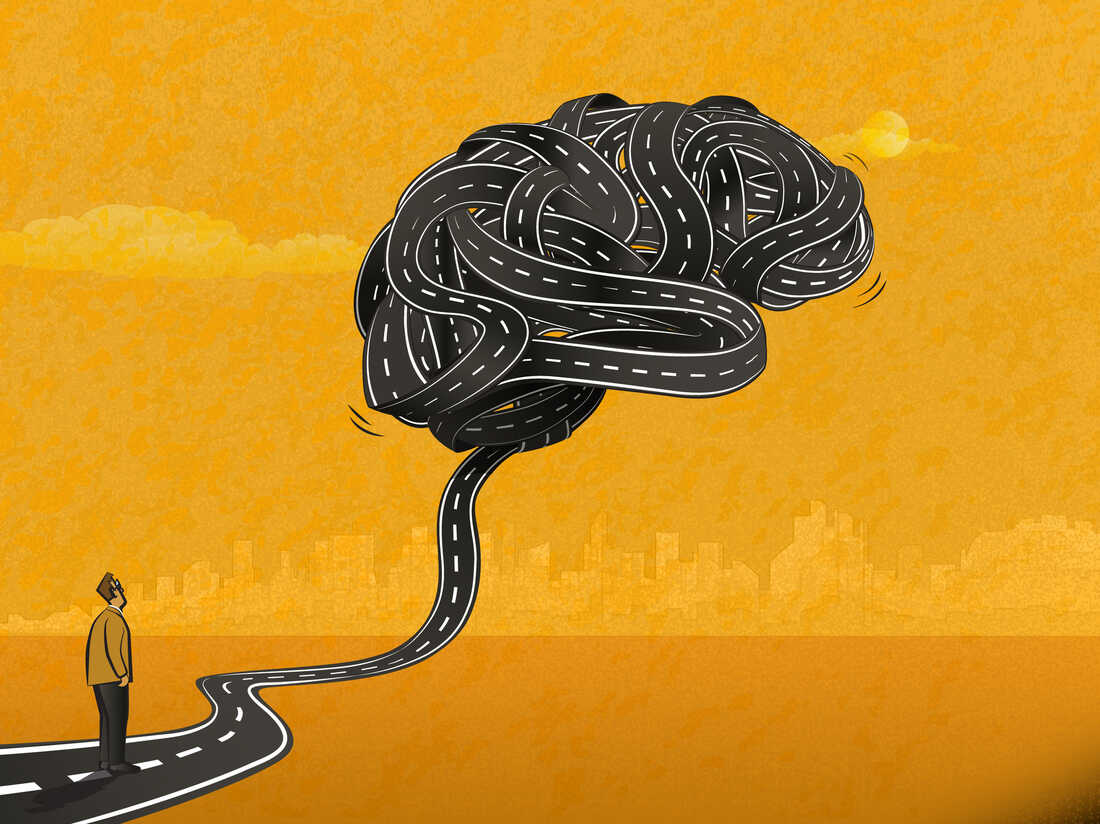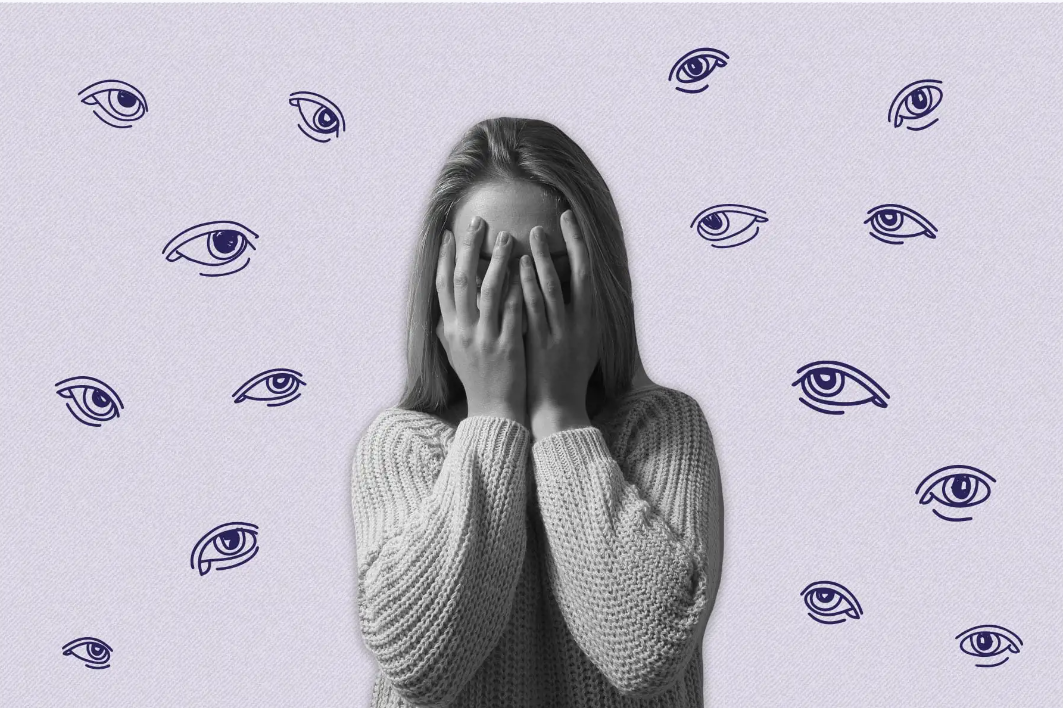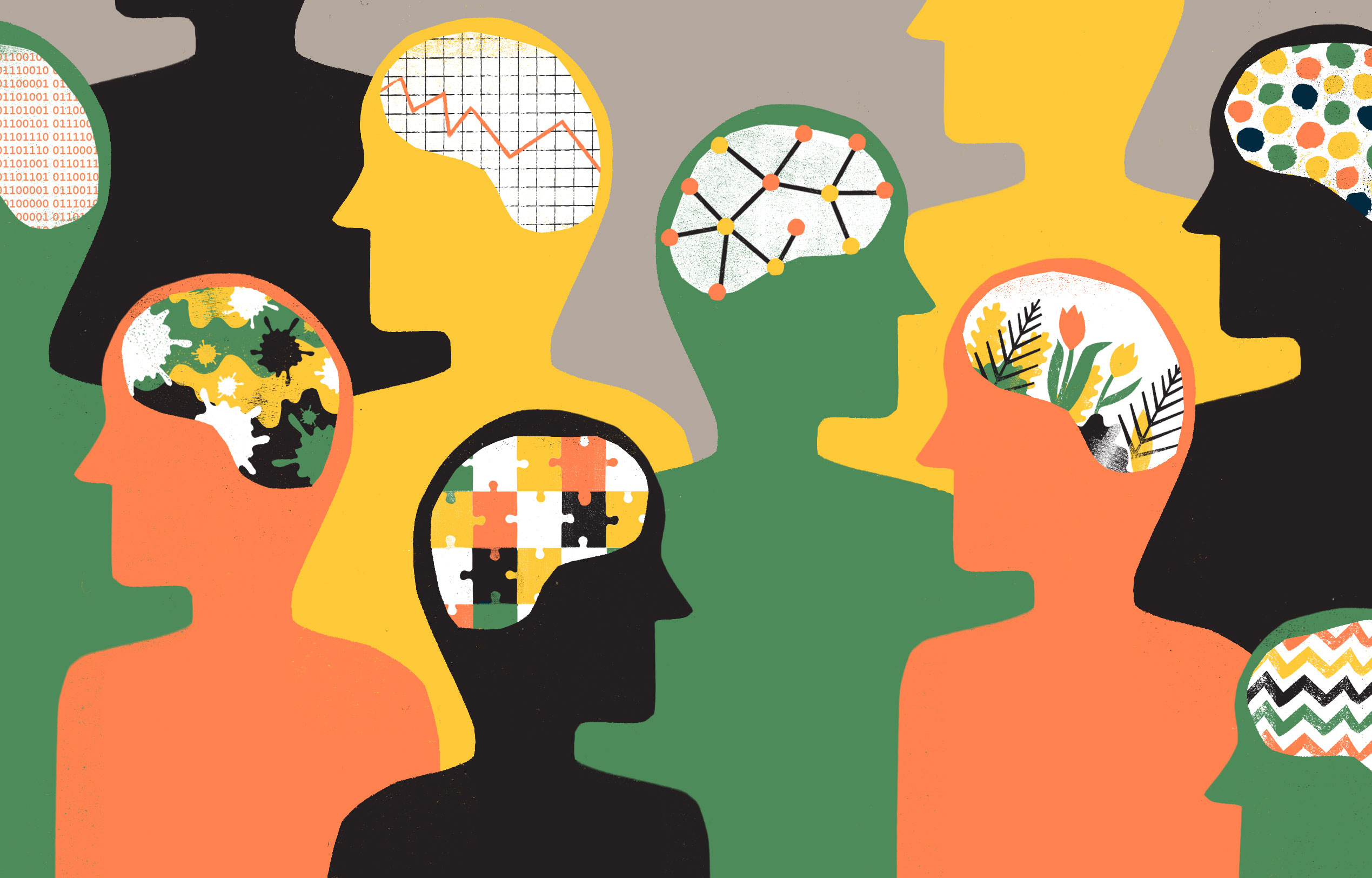Understanding Bipolar Disorder
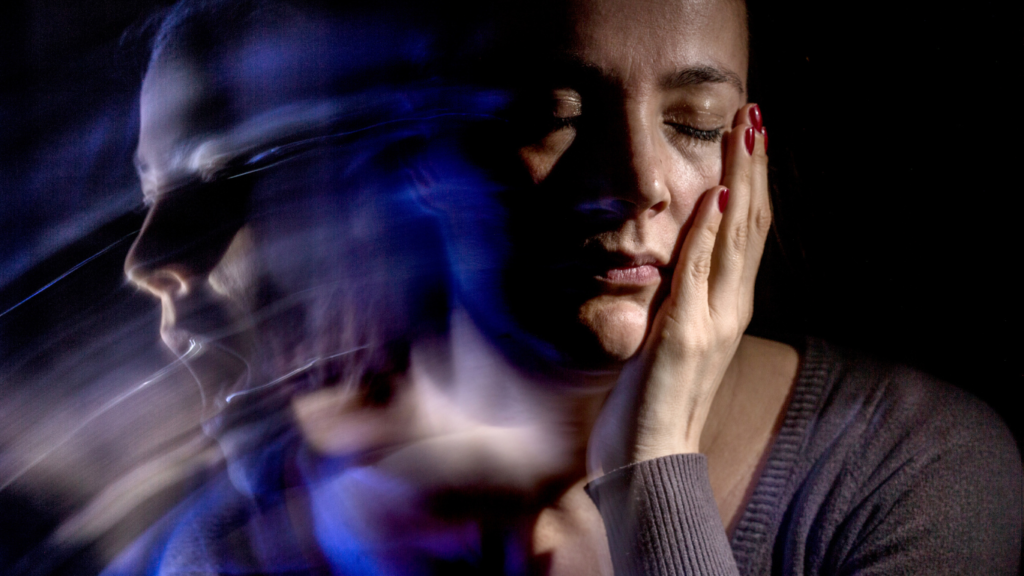
Bipolar disorder, previously recognized as manic depression, involves rapid shifts in mood, including emotional highs (mania or hypomania) and intense lows (depression). While all humans experience high and lows in their mood, bipolar fluctuations in mood can be severe and have a wide-reaching impact on different aspects of life; from sleep patterns and energy levels to cognitive processes and decision-making abilities.
People grappling with bipolar symptoms undergo intense emotional fluctuations within distinct periods called mood episodes, which can be categorized as
- manic/hypomanic (abnormally elevated or irritable mood) or
- depressive (persistent sadness similar to major depressive disorder. Much more than just a generally low mood).
It’s important to note that individuals with bipolar disorder also experience neutral mood intervals. With proper treatment, those managing bipolar disorders can achieve fulfilling and productive lives.
While mood fluctuations are part of the human experience, they differ significantly between individuals with and without bipolar disorders. People without bipolar disorders typically experience mood shifts lasting hours, not days, and these changes seldom lead to substantial behavioral shifts or hinder daily routines and social interactions as observed in those with bipolar disorders. The disruptive nature of bipolar disorder can strain personal relationships and impact academic or professional commitments.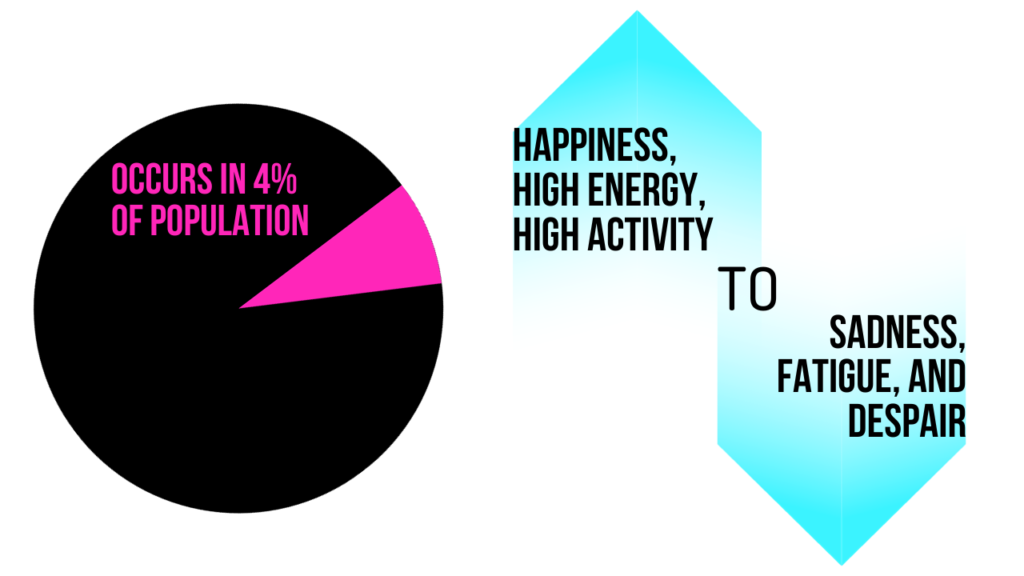
SYMPTOMS of bipolar
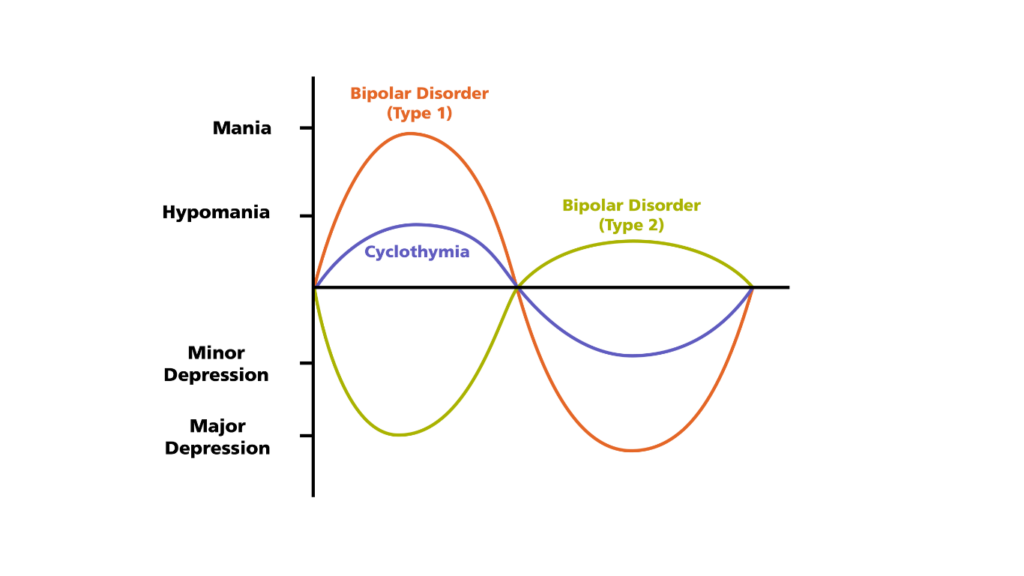 Within the realm of bipolar disorders, there exist three distinct diagnoses: bipolar I, bipolar II, and cyclothymic disorder. An underlying genetic component is often observed, with 80 to 90 percent of individuals having a family history of bipolar disorder or depression. Environmental factors such as stress, sleep disturbances, and substance use can trigger mood episodes in susceptible individuals. The bipolar disorder types include:
Within the realm of bipolar disorders, there exist three distinct diagnoses: bipolar I, bipolar II, and cyclothymic disorder. An underlying genetic component is often observed, with 80 to 90 percent of individuals having a family history of bipolar disorder or depression. Environmental factors such as stress, sleep disturbances, and substance use can trigger mood episodes in susceptible individuals. The bipolar disorder types include:
- Bipolar I disorder — severe mania and depression
- Bipolar II disorder — hypomania and depression
- Cyclothymic disorder — episodes of hypomania and depression
The symptoms of a manic episode can include:
- Feeling very happy, excited, or elated
- Feeling jumpy or wired, more active than usual
- Having a very short temper or seeming extremely irritable
- Having racing thoughts and talking very fast
- Needing less sleep
- Feeling like you are unusually important, talented, or powerful
- Do risky things that show poor judgment, such as eating and drinking too much, spending or giving away a lot of money, or having reckless sex
The symptoms of a depressive episode can include:
- Feeling very sad, hopeless, or worthless
- Feeling lonely or isolating yourself from others
- Talking very slowly, feeling like you have nothing to say, or forgetting a lot
- Having little energy
- Sleeping too much
- Eating too much or too little
- Lack of interest in your usual activities and being unable to do even simple things
- Thinking about death or suicide
The symptoms of a mixed episode include both manic and depressive symptoms together. For example, you may feel very sad, empty, or hopeless, while at the same time feeling extremely energized.
TREATMENT for bipolar disorders
Medication:
If you have bipolar disorder, the right medications can be like a pair of eyeglasses. Bipolar disorder distorts your view of yourself and the world, but the medications can help you to see things clearly again.
Medications are an essential part of a treatment plan at AMP Mental Health. They won’t cure you, but they will help you keep your moods in balance so you can do the things you need and want to do.
You may need to try several different medicines to find which one works best for you. Some people need to take more than one medicine. It’s important to take your medicine consistently. Don’t stop taking it without first talking with your provider. Contact your provider if you have any concerns about the side effects of the medicines.
Medication Tips
If you have bipolar disorder, taking your medication should be part of your routine. Take it at the same time every day. It’s easier to remember if you do it along with another daily activity, like brushing your teeth, eating breakfast, or getting into bed. A weekly pillbox can help you see if you’ve missed a dose.
Mood stabilizers for Bipolar
Effective management of bipolar disorder often involves the use of mood stabilizers. These medications play a crucial role in stabilizing the extreme mood swings associated with the condition, helping individuals achieve greater balance in their lives.
Examples of mood Stabilizers include:
- Carbamazepine (Carbatrol, Epitol, Equetro, Tegretol)
- Divalproex sodium (Depakote)
- Lamotrigine (Lamictal)
- Lithium
- Valproic acid (Depakene)
Therapy Therapy is a vital component of managing bipolar disorder, offering essential support, strategies, and insights to individuals on their journey towards stability and well-being. Whether you’re newly diagnosed or seeking additional resources to enhance your treatment plan, here’s what you need to know about therapy for bipolar disorder.
Psychotherapy, also known as talk therapy, is a cornerstone of bipolar disorder treatment. It provides a safe and confidential space for individuals to explore their thoughts, emotions, and behaviors while learning effective coping mechanisms.
Other treatment options include:
- Getting regular aerobic exercise may help with depression, anxiety, and trouble sleeping
- Keeping a life chart can help you and your provider track and treat your bipolar disorder. A life chart is a record of your daily mood symptoms, treatments, sleep patterns, and life events.
BLOGS:
REQUEST AN APPOINTMENT
OUR OFFICE IS IN THE HEART OF MIAMI
1411 SW 22nd St
Miami, FL 33145
HEALING HOURS



